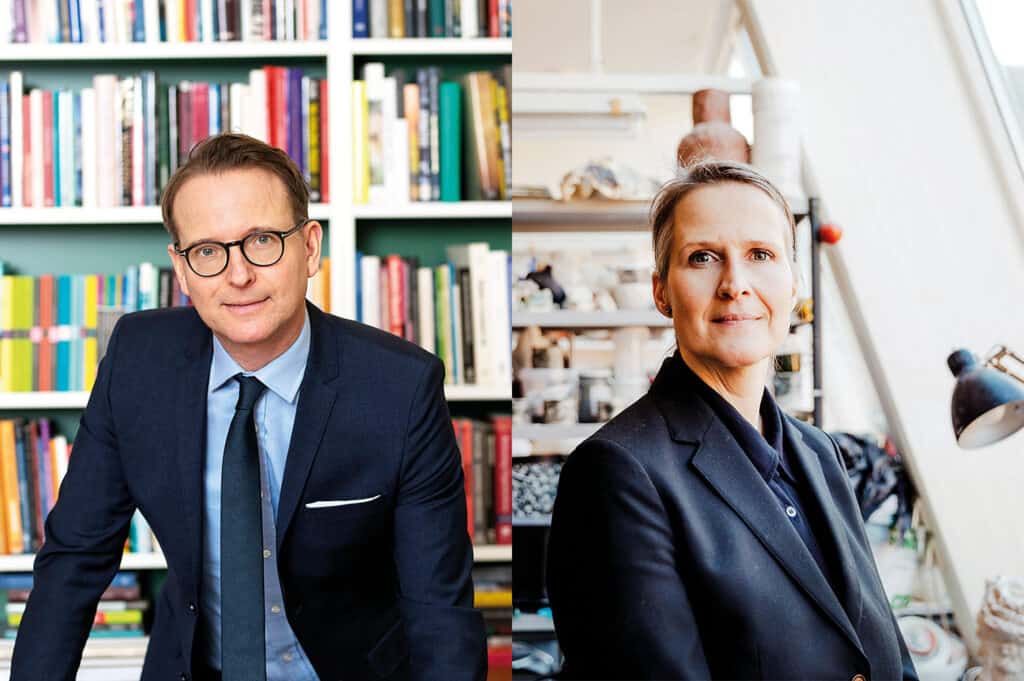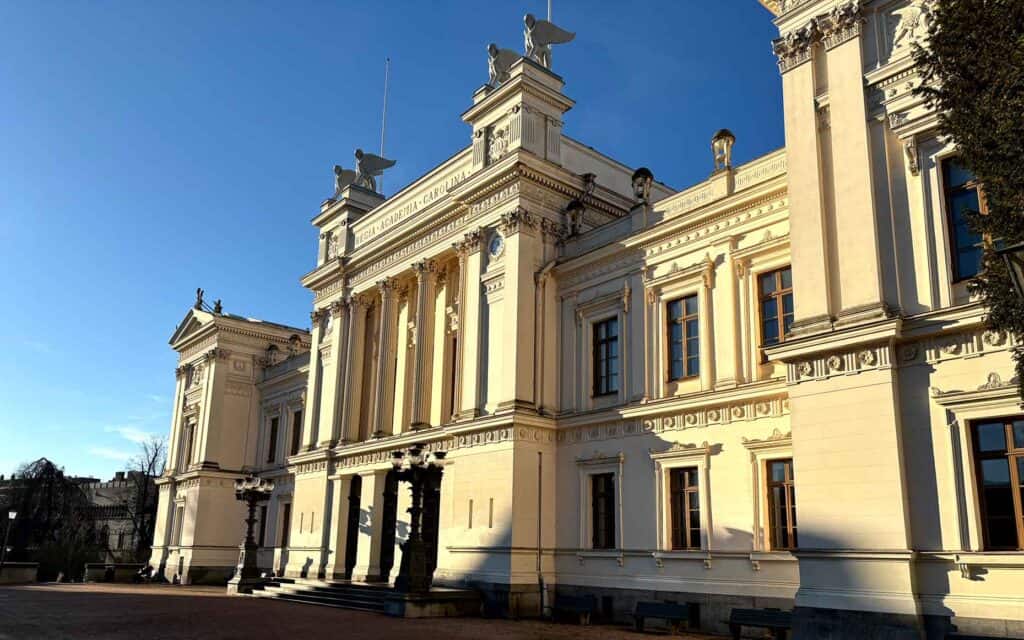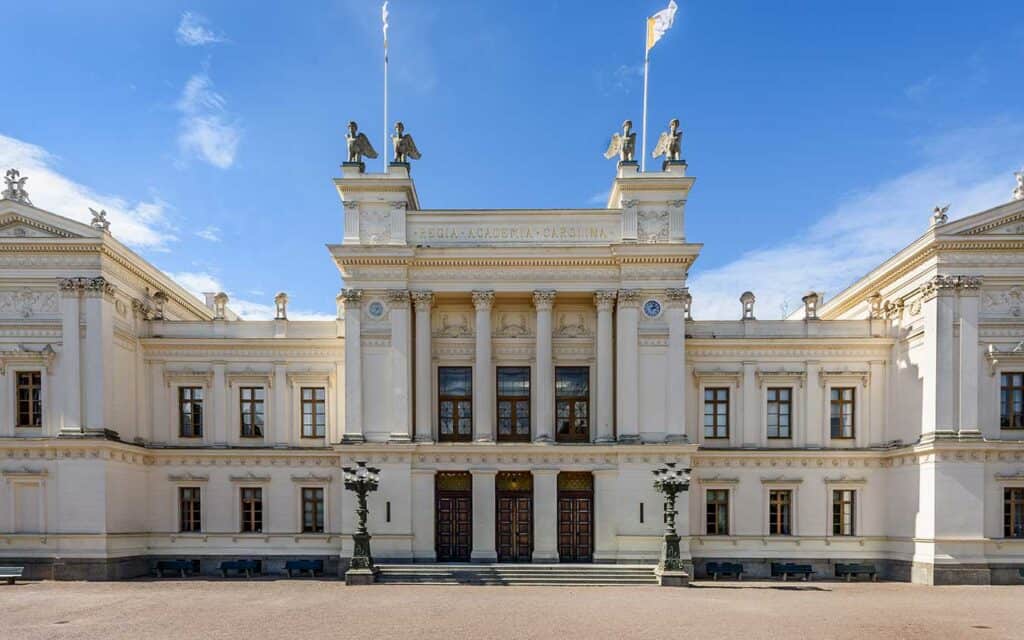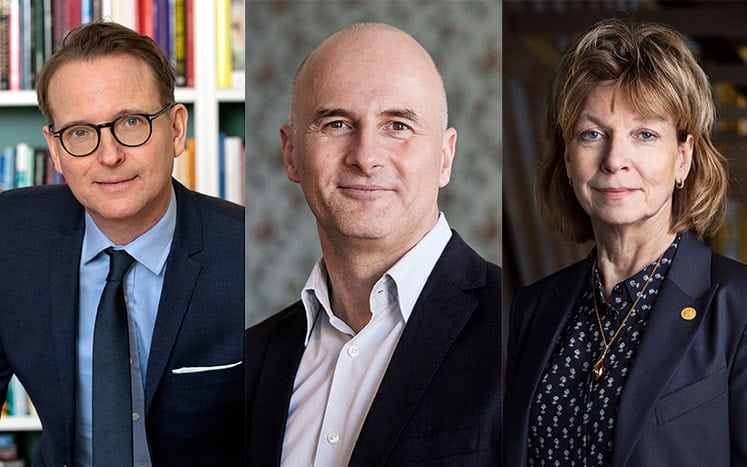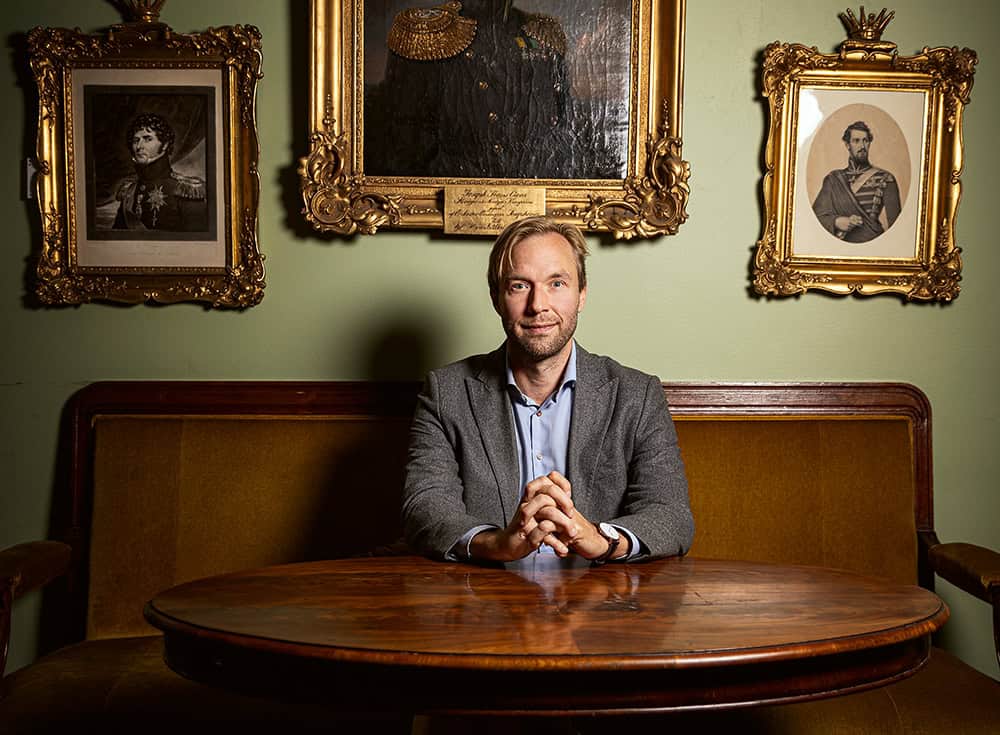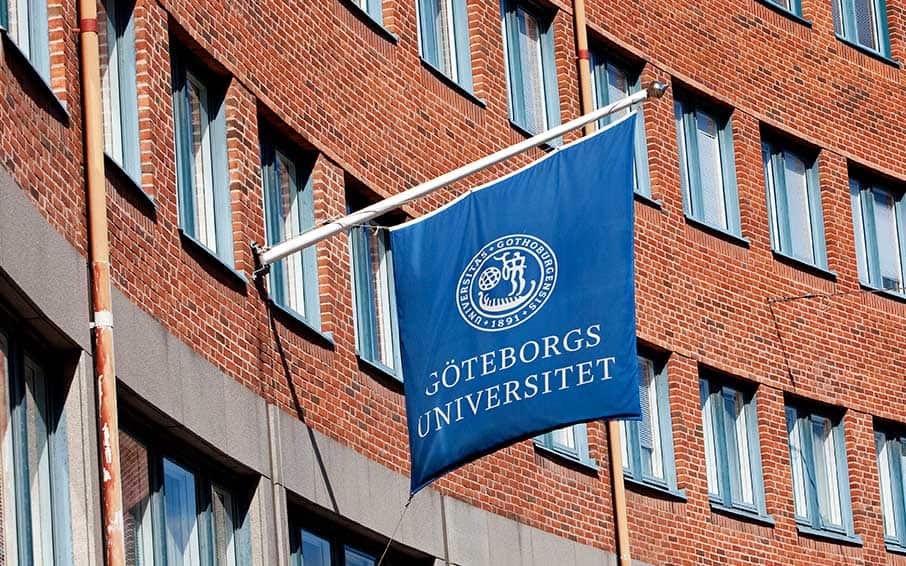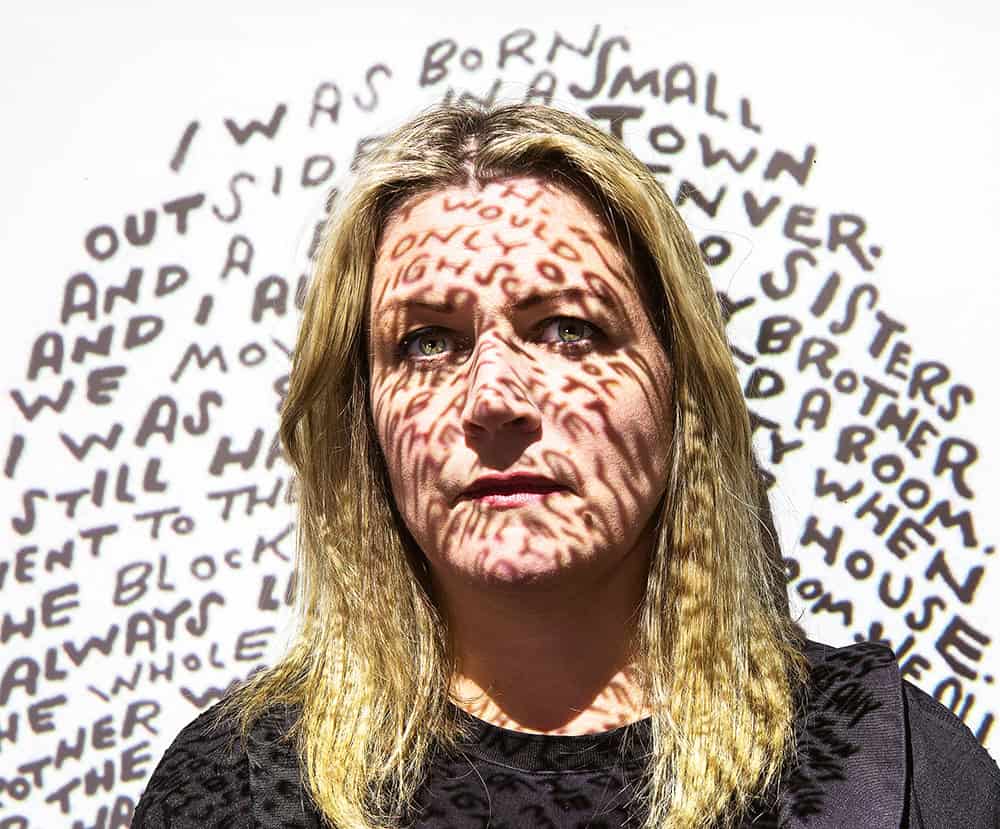Now that Education Minister Mats Persson has approved the vice-chancellors’ new salaries for 2023, they will receive increases of between 2 and 3 per cent compared with 2022.
As last year, analysis by Universitetsläraren shows that Lars Strannegård of the Stockholm School of Economics earns the most. He now has a monthly salary of SEK 240 210, which is a salary increase of 2 per cent. Strannegård’s salary, however, is not set by the Minister of Education. As the Stockholm School of Economics is not state-owned, the vice-chancellor’s salary is set by the institution’s board.
Last year’s salary review resulted in Stefan Bengtsson at Chalmers being the vice-chancellor who received the biggest salary increase, 8.5 per cent. His successor, Martin Nilsson Jacobi, will receive a salary of SEK 207 000 when he takes up the position on 1 September. This places him as the second-highest paid vice-chancellor. However, his salary is not set by Mats Persson either, as Chalmers is run by a private foundation.
Nor does the Minister of Education determine the salary of Maria Knutson Wedel, vice-chancellor of at SLU, Swedish University of Agricultural Sciences. This is set by the Minister for Rural Affairs and Infrastructure. Knutson Wedel’s new salary is SEK 127 200 per month.
The two men at the top of the pay table are followed by three women. Annika Östman Wernerson, vice-chancellor at the Karolinska Institute since March, earns SEK 146 000 a month. That is SEK 4000 less than her predecessor Ole Petter Ottersen’s salary when he left. Next on the list are Jönköping University’s Agneta Marell and Stockholm University’s Astrid Söderbergh Widding, who earn SEK 145 500 and SEK 133 500 a month, respectively. Marell’s salary is not set by the Ministry of Education either.
Although three of the five top-earning principals are women, the median salary for female principals is lower than that of their male counterparts. The median monthly salary for Sweden’s 14 female vice-chancellors is SEK 111 450, while that of the 20 male vice-chancellors is SEK 116 600.
The three vice-chancellors with the lowest salaries are all at arts universities. Sanne Kofod Olsen, newly appointed vice-chancellor of the Royal Institute of Art, earns the least with SEK 99 000 a month. Helena Wessman at the Royal College of Music earns SEK 101 800, while Maria Lantz at the University of Arts, Craft and Design now has a monthly salary of SEK 102 400.
Footnote: State higher education institutions fall under the Ministry of Education, which sets the salary for each vice-chancellor once a year. The only exception is SLU, the Swedish University of Agricultural Science, which is under the Ministry of Rural Affairs and Infrastructure. Chalmers, the Stockholm School of Economics and Jönköping University are run through private foundations. Their vice-chancellors’ salaries are set by the respective boards once a year.
